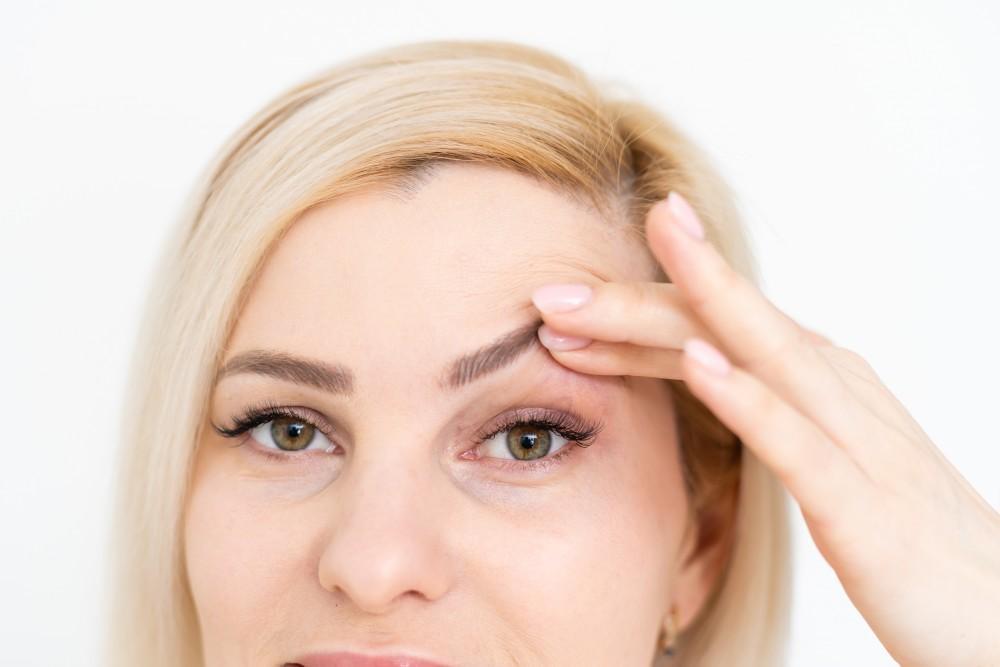
Underlying Causes of Male Breasts

Seeing changes in your body can be unsettling, especially when those changes involve unexpected breast development.
For many men, the appearance of enlarged breast tissue, known as gynecomastia, can be a source of discomfort and embarrassment.
Understanding the underlying causes of male breasts is the first step toward addressing the issue and finding the right treatment.
At Brooks Plastic Surgery in Hollywood, Florida, our board-certified surgeon Christopher Brooks, MD, specializes in helping men achieve their desired physique through personalized care and expert surgical techniques.
Dr. Brooks and his team are dedicated to providing compassionate and comprehensive treatment plans tailored to each patient's unique needs.
If you’re struggling with gynecomastia, take a moment to learn some of the reasons why male breasts develop and how we can help you reclaim your body.
Understanding male breast development
Male breast tissue development, although not commonly discussed, is a natural part of human biology.
During puberty, hormonal changes can lead to the temporary development of breast tissue in boys.
This condition, often called pubertal gynecomastia, usually resolves on its own as hormone levels stabilize.
In adult men, breast tissue is typically minimal. However, when an imbalance occurs between the hormones estrogen and testosterone, breast tissue can develop.
Estrogen promotes the growth of breast tissue, while testosterone inhibits it. When the balance tips in favor of estrogen, gynecomastia can occur.
A look at underlying causes of gynecomastia
Understanding the causes of male breast development is important for getting the most effective treatment.
Here are some of the most common reasons men can develop enlarged breast tissue:
Hormonal imbalance
Hormonal imbalance is the primary cause of gynecomastia. This imbalance encourages the growth of breast tissue.
Conditions that affect hormone levels, such as hypogonadism, hyperthyroidism, and adrenal gland disorders, can lead to an increase in estrogen or a decrease in testosterone.
Medications
Certain medications can also contribute to gynecomastia. Drugs used to treat conditions such as ulcers, heart disease, prostate cancer—and even some antibiotics and antidepressants—can alter hormone levels.
Always discuss potential side effects with your doctor if you notice any changes in your body while on medication.
Health conditions
Several health conditions are linked to the development of gynecomastia. Liver disease, kidney failure, and obesity can all affect your hormone levels and lead to breast tissue growth.
Additionally, tumors in the testes, adrenal glands, or pituitary glands, can produce hormones that trigger gynecomastia.
Substance use
The use of certain substances, including anabolic steroids, alcohol, marijuana, and other recreational drugs, can influence hormone levels—often significantly.
These substances can either increase estrogen production or decrease testosterone, leading to gynecomastia.
Aging
As men age, natural hormone levels fluctuate. Testosterone levels typically decrease with age, and this relative increase in estrogen can lead to the development of gynecomastia in older men.
How a plastic surgeon can help
If you’re experiencing gynecomastia, seeking professional advice from a board-certified plastic surgeon like Dr. Brooks is the best step you can take.
At Brooks Plastic Surgery, we offer a range of gynecomastia treatments tailored to your specific needs and physique.
Dr. Brooks begins with a thorough evaluation to determine the underlying cause of your gynecomastia. Understanding whether your condition is due to hormonal imbalances, medication, or other factors is key for developing an effective treatment plan.
For many men, liposuction is an excellent option—especially for men with high amounts of fatty tissue in the chest. This minimally invasive procedure involves making a small incision and inserting a thin tube to suction out excess fatty tissue.
In cases where breast tissue is more fibrous or there is excess skin, Dr. Brooks may recommend excision surgery. This involves making small incisions to surgically remove the glandular tissue and any excess skin, providing a more defined chest contour.
Sometimes, a combination of liposuction and excision is necessary to achieve the best results. Dr. Brooks’s extensive experience allows him to tailor the approach to suit your specific condition, ensuring the most natural and satisfying outcome.
If you’re ready to address gynecomastia and say goodbye to excess breast tissue for good, schedule an appointment online or over the phone with Brooks Plastic Surgery in Hollywood, Florida, today to explore your treatment options.
You Might Also Enjoy...


Eyelid Surgery: A Minor Procedure with Major Anti-Aging Results

Breast Reduction Surgery Is More Popular Than Ever — Here's Why

How CoolSculpting Can Boost Your Body Confidence This Year

Collagen Induction Therapy: 6 Skin-Renewing Benefits of Combining Microneedling With PRP


